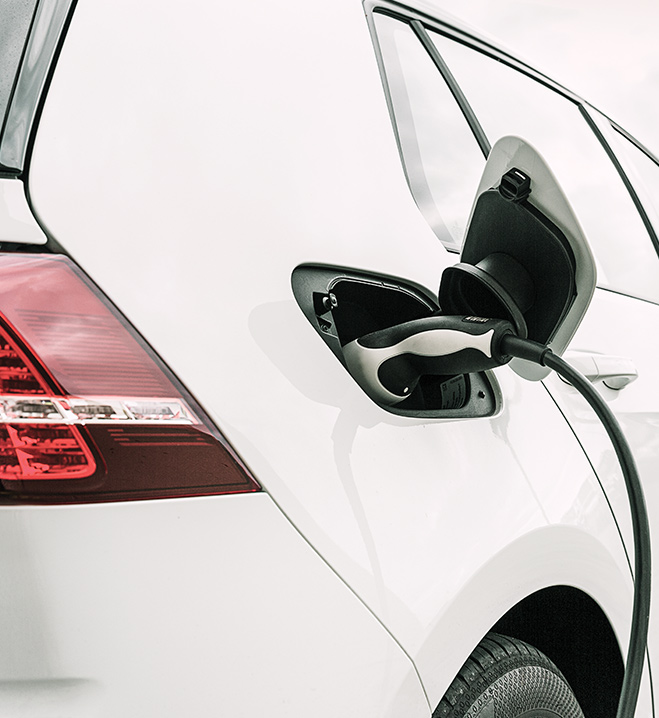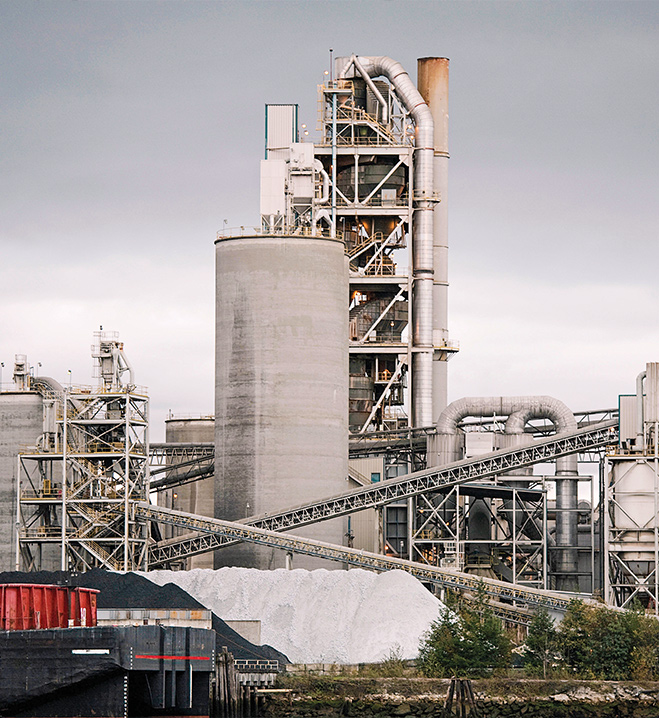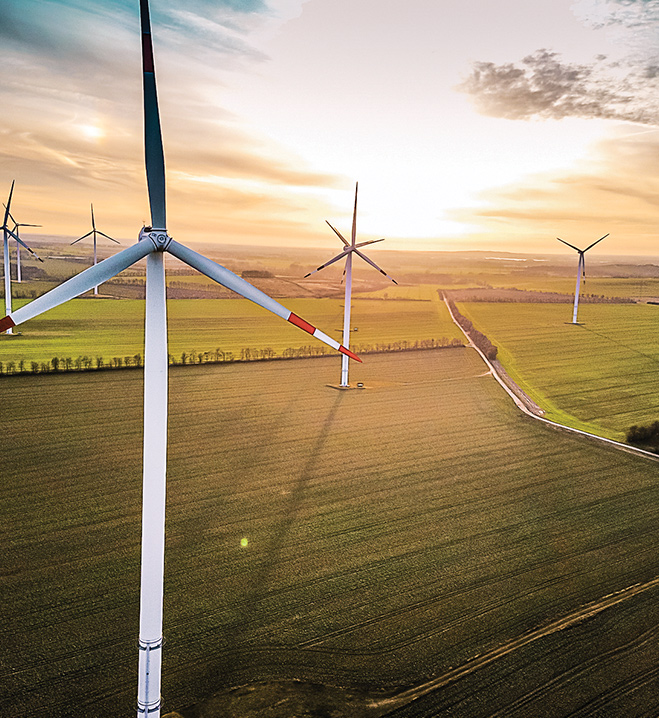
The Government of India is proactively implementing measures aimed at propelling the growth of the economy and key sectors. For instance, to boost the automotive industry, the government has introduced the vehicle scrappage policy, which is awaiting its final clearance from the Union Cabinet. Once implemented, it would pave way for recycling, introducing environment-friendly vehicles, and driving growth in the automobile and ancillary sectors. As the CAFÉ (Corporate Average Fuel Efficiency/Economy) norms become a reality, the proportion of diesel content per vehicle is likely to improve, providing a thrust to existing players catering to diesel vehicles.
Likewise, pick up in capex by private companies in the manufacturing sector, continued emphasis on the infrastructure sector in the Union Budget 2020 and implementation of measures to improve ‘ease of doing business’ in India will facilitate the growth of industrials in India.

India has set a goal of complete migration to EVs by 2030. Under its (Faster Adoption and Manufacturing of (Hybrid & EVs in India (FAME India)) scheme, the government is providing incentives for the purchase of EVs and creation of necessary charging stations. Reduction in GST rate on EVs from 12% to 5% is also on the anvil. These, along with a slew of direct and indirect tax incentives, are likely to boost EV adoption in the country. Simultaneously, e-buses for interand intra-city operations are being sanctioned for 64 cities across India and the charging stations are also being approved. Clearly, EVs present a significant growth potential over the next few years.

India is the second-largest steel producer in the world with an annual output of over 106 million tonnes. The National Steel Policy, 2017, aims to take the production capacity to 300 million tonnes by 2030-31. India’s relatively low per capita steel consumption, increased construction activity and growing demand from railways augur well for the growth of the steel sector. Likewise, healthy prospects of the infrastructure and housing sectors will drive demand for cement.

Announcements of healthy investments in railways, setting up of two dedicated freight corridors of 3,300 km cumulatively and growing emphasis on building metro rail systems are some of the factors likely to drive strong demand from this sector in the next few years. There is growing potential for exports in the wind energy sector, and most Indian companies together are targeting wind energy capacity of 60 GW by 2022 (double the capacity in 2017).